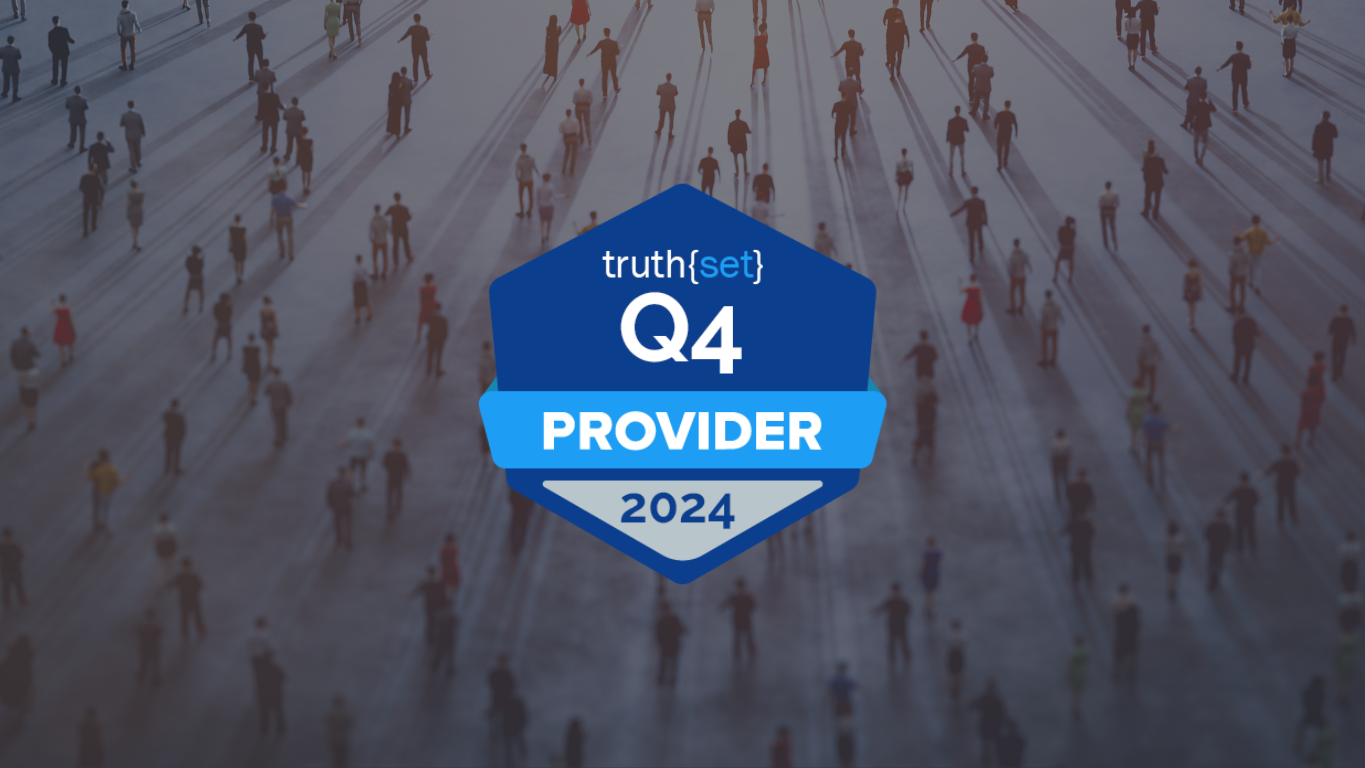Did you know bad data robs U.S. businesses of trillions of dollars annually? Poor quality data hurts efficiency and performance—causing you to lose customers and waste your precious marketing dollars.
Fortunately, there is a viable solution.
Data Enhancement Overview
Data enhancement, also known as data enrichment, focuses on improving the quality and accuracy of data by adding additional information or modifying existing data to make it more valuable. It enables you to gain deeper insights into your customers, improve targeting, and drive better business outcomes.
Data Cleansing vs Data Enhancement
Often, people confuse data cleansing and enhancement. Data cleansing and data enhancement are related processes but serve slightly different purposes.
Data Cleansing
Data cleansing, also known as scrubbing, corrects or removes inaccuracies, inconsistencies, and errors. Data cleansing aims to improve the accuracy and reliability of data. This process involves identifying and removing duplicates, correcting errors in data entry, standardizing data format and structure, and ensuring data compliance with relevant regulations.
Data Enhancement
Data enhancement adds new information to existing data to improve its value and usefulness. This process involves adding new data points to existing customer records, such as email addresses, phone numbers, demographic information, and behavioral data.
Top Benefits of Data Enhancement
The top benefits of data enhancement include:
Enhanced Customer Understanding
Data enhancement provides additional insights into your existing customer profiles by adding missing information such as contact details, demographics, or firmographic data. This leads to a more comprehensive understanding of customer preferences and behavior.
Improved Targeting
Appending missing data fields helps you refine your customer segmentation and targeting strategies. With more accurate and complete customer profiles, you can more precisely target your messaging and offers, increasing the relevance and engagement of your campaigns.
Increased Personalization
Data enhancement allows you to personalize your communications at a deeper level. Access to additional data points helps you create more personalized and relevant messages that resonate with individual recipients.
Improved Data Quality
Data enhancement validates and updates existing data to ensure accuracy and completeness, helping you maintain a clean and reliable database. This reduces costly errors and improves the overall quality of your data.
How to Enhance Data with Data Appending
Before launching an important marketing campaign, you’ll want to ensure your customer data is accurate and up-to-date. Data appending can help with this.
4 Types of Data Appends
There are several types of data append processes to consider:
1. Email Appending
Email appending involves adding email addresses to existing customer records. This can be done by using a third-party data provider that has a database of email addresses or by using algorithms to match customer records to email addresses.
Did You Know?
- Email appending can increase open rates by up to 50% and email deliverability by up to 25%. (MarTech Advisor)
- Consumer email appending can improve email database size by up to 20%. (MarTech Advisor)
2. Phone Appending
Phone appending involves adding phone numbers to existing customer records. Phone appending can help you reach customers who prefer to communicate via phone, which can be more effective for certain types of campaigns.
- Over 50% of phone numbers in marketing databases are either incorrect or outdated. (Salesforce)
- Phone appending can increase call connection rates by up to 70%. (MarTech Advisor)
3. Demographic Appending
Demographic appending adds demographic information to your existing customer records, such as age, gender, income, and education level. Demographic appending helps you create more targeted and personalized campaigns.
- Demographic data appending can improve customer targeting by up to 40%. (Forbes)
4. Psychographic Appending
Psychographic append adds data related to customer attitudes, interests, lifestyles, or values. This type of data provides insights into your customers’ motivations and preferences, allowing you to create messaging that resonates with them more effectively.
- Over 70% of customers expect a personalized experience from businesses they interact with. (Salesforce)





